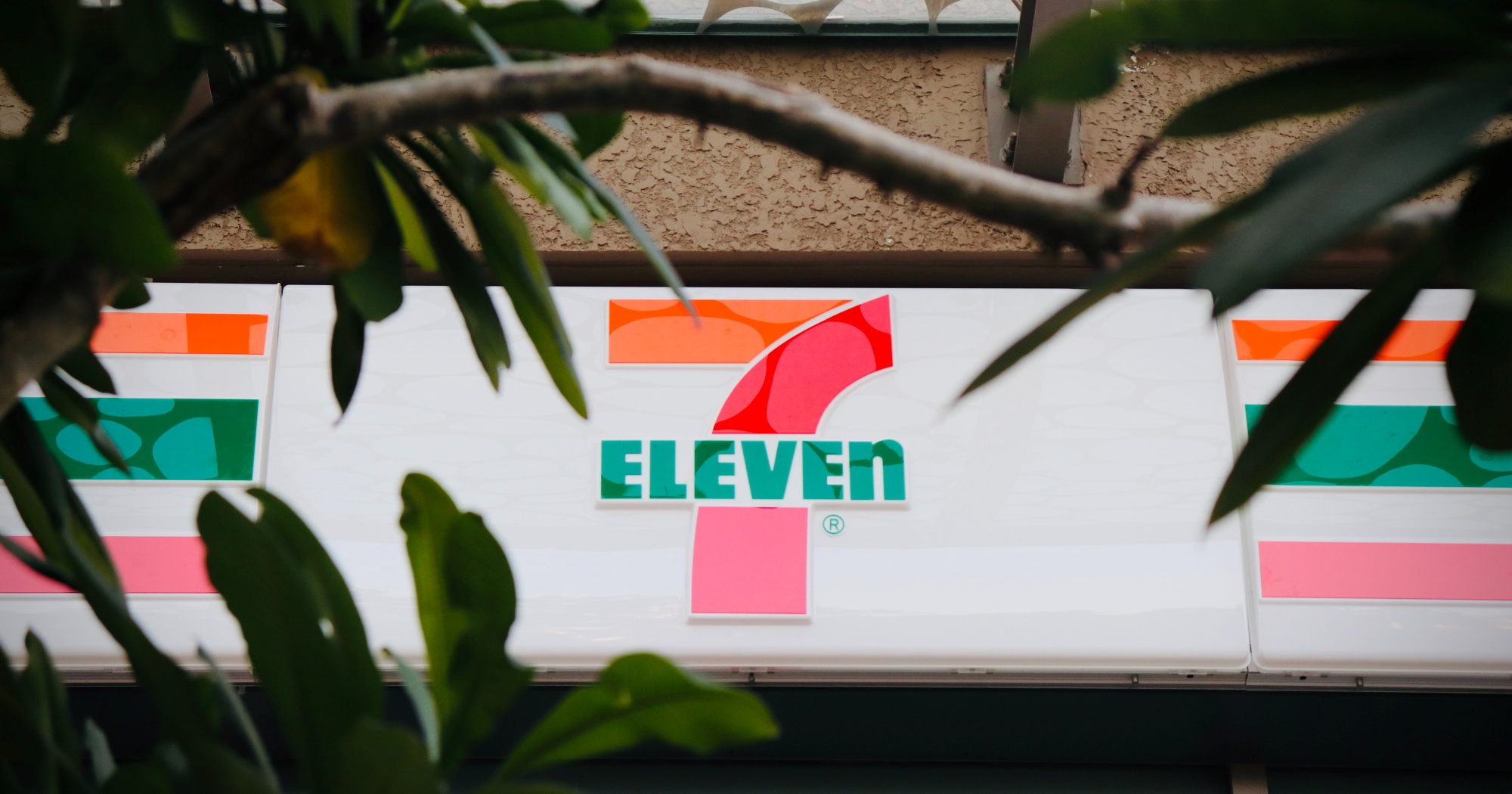Follow us on Telegram for the latest updates: https://t.me/mothershipsg
Living in Singapore, you're very likely familiar with 7-Eleven, the most prolific convenience store franchise on this island.
But why is 7-Eleven called "7-Eleven"?
To the surprise of some, 7-Eleven hails from the United States — not Southeast Asia, or even Asia.
7am to 11pm
To answer that, we have to go back to 1946, when Southland Corporation, an ice company based in Texas, renamed its chain of convenience stores "7-Eleven", after it was first founded in 1927.
The new name reflected the chain's long operating hours (7am to 11pm), which was an attractive marketing point at that time.
Over time, the chain started expanding its range of offerings, becoming a one-stop convenience store, which was a hit.
Its success ran in tandem with America's suburban development.
By the 1950s, 7-Eleven stores could be found in Florida, Maryland, Virginia, and Pennsylvania.
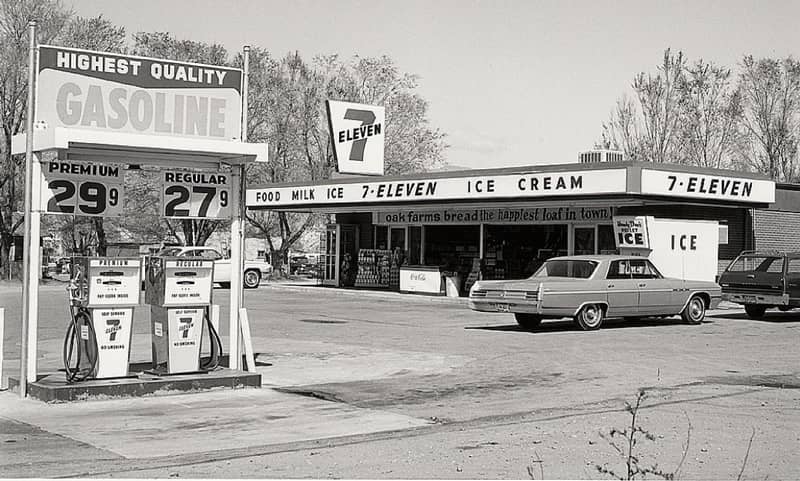 Image via.
Image via.
The 24/7 operating model only started in the 1960s after a 7-Eleven outlet in Austin, Texas started extending its operating hours to cater to students.
Other aspects of 7-Eleven — its iconic Slurpee and Big Gulp drinks — also originated in America.
Southland launched partially frozen drinks called "Icees" (the predecessor of Slurpees) in 1965.
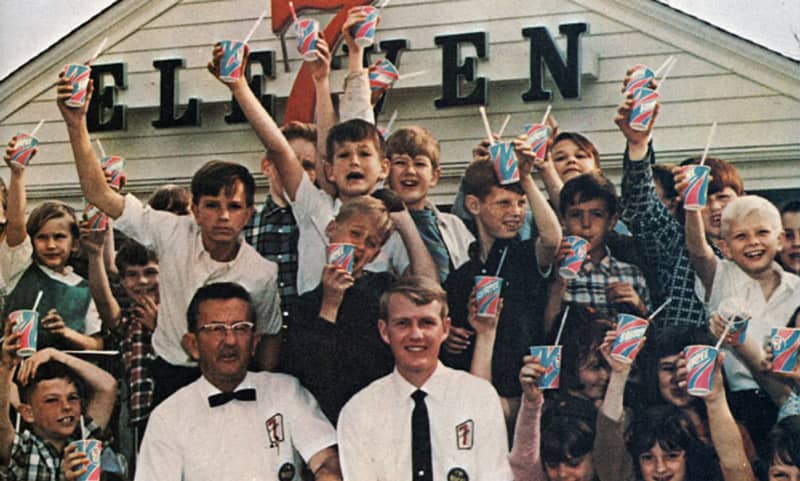 Image via.
Image via.
The Big Gulp was introduced in 1976.
As its name suggests, it was very big. Coming in at 32 ounces (950ml), it was the largest serving of soft drink available at that time.
Why not 7-11?
If you're wondering why it's "7-Eleven" and not "7-11" or "Seven-Eleven", you might be glad to know that you're not the only one.
It's even become the topic of a Reader's Digest article, in which the publication carried the company's answer: "The specific reason is unknown".
¯\_(ツ)_/¯
The renaming in 1946 also brought about a logo change: a red "7" with the word "Eleven" running through it. The current logo iteration, comprising a duo-tone "7" and a green "Eleven", was launched only in 2021.
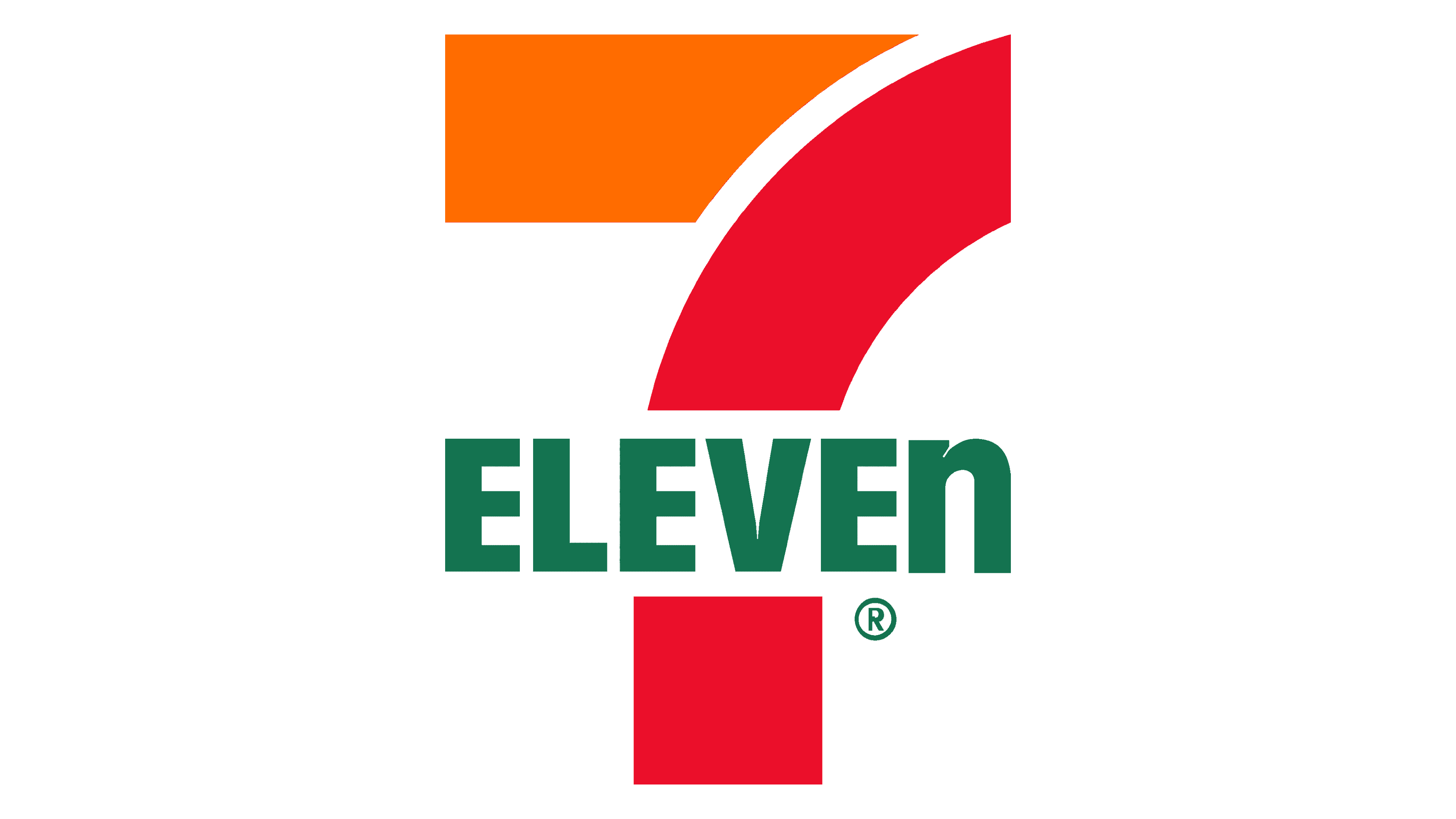
Sharp-eyed readers will also notice that the letter "N" in the logo is the only letter that is in lowercase.
The company's answer, also to Reader's Digest, was that the wife of the president of Southland Corporation thought the logo seemed a little harsh with all capital letters.
She suggested that the capital "N" be changed to lowercase, giving the logo a more graceful look.
Wait a minute. Isn't 7-Eleven Japanese?
That is a common misconception, and it's thanks to the late Japanese businessman Masatoshi Ito.
Ito's employee came across a 7-Eleven convenience store during a visit to the United States in 1972.
He brought the idea back to Japan and in 1974, Ito's company, Ito-Yokado, opened the first 7-Eleven outlet in Japan after signing a deal with Southland Corporation.
 The first 7-Eleven outlet in Japan, located in Tokyo. Image via.
The first 7-Eleven outlet in Japan, located in Tokyo. Image via.
But Ito's experience with American-style retail started before that.
The story goes that the businessman visited the United States in 1960 and was amazed by the high standard of living that Americans experienced.
At that time, Japan was recovering from World War II and Ito very shrewdly predicted that his country's retail distribution system would mirror America's as its consumer base grew.
Ito said to the Journal of Japanese Trade and Industry in 1988:
“It then occurred to me that people in different cultures still have basically the same desires, assuming that they are at the same of development, and I thought that Japan’s distribution system would become more like America’s as the Japanese consumer society grew bigger.”
Inspired by what he saw in America, Ito transformed his family business, Ito-Yokado, from selling apparel to retailing other stuff like food and daily necessities, essentially becoming a one-stop shop concept.
By the time Ito had his 1988 interview, Ito-Yokado was already a retail giant with 30 subsidiaries including restaurants, department stores, and of course, the 7-Eleven chain.
Ito, who passed away in March 2023, is often credited as the man who triggered 7-Eleven's explosive growth.
Ever since Ito brought 7-Eleven to Japan in 1974, its growth has exploded.
The one-stop shop concept of the konbini (convenience store) where you can do anything, from buying ready-to-eat meals to paying your bills, was — and continues to be — a hit.
Today, there are over 21,000 7-Eleven stores in Japan.
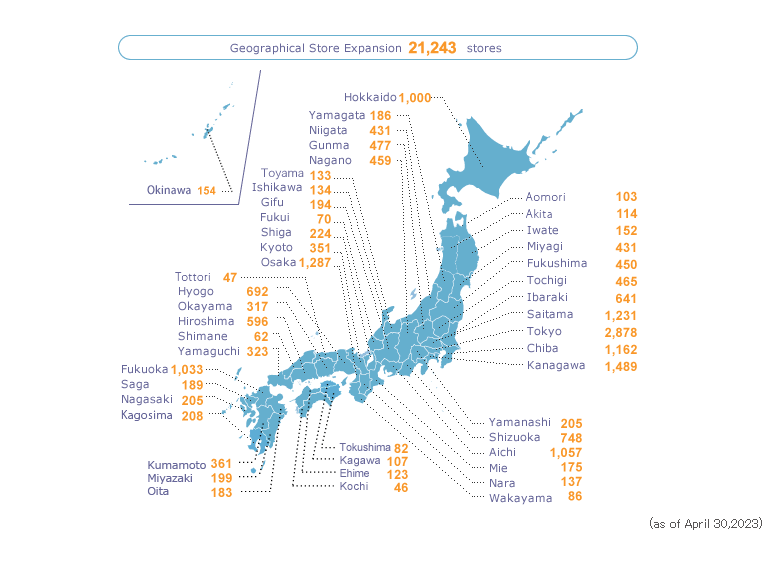
How did the chain become Japanese?
In 1990, Southland went bankrupt and Ito-Yokado became its new owner with 70 per cent majority control.
In 1999, Southland was renamed 7-Eleven Inc.
In 2005, Ito-Yokado established Seven & i Holdings as the parent company of 7-Eleven Inc. and Denny's restaurants in Japan.
Today, Seven & i Holdings operates more than 83,000 stores in 19 regions and countries.
South China Morning Post reported that it was Ito-Yokado that drove the concept of a hyper-accessible convenience store worldwide, fuelling a rigorous expansion in Asia.
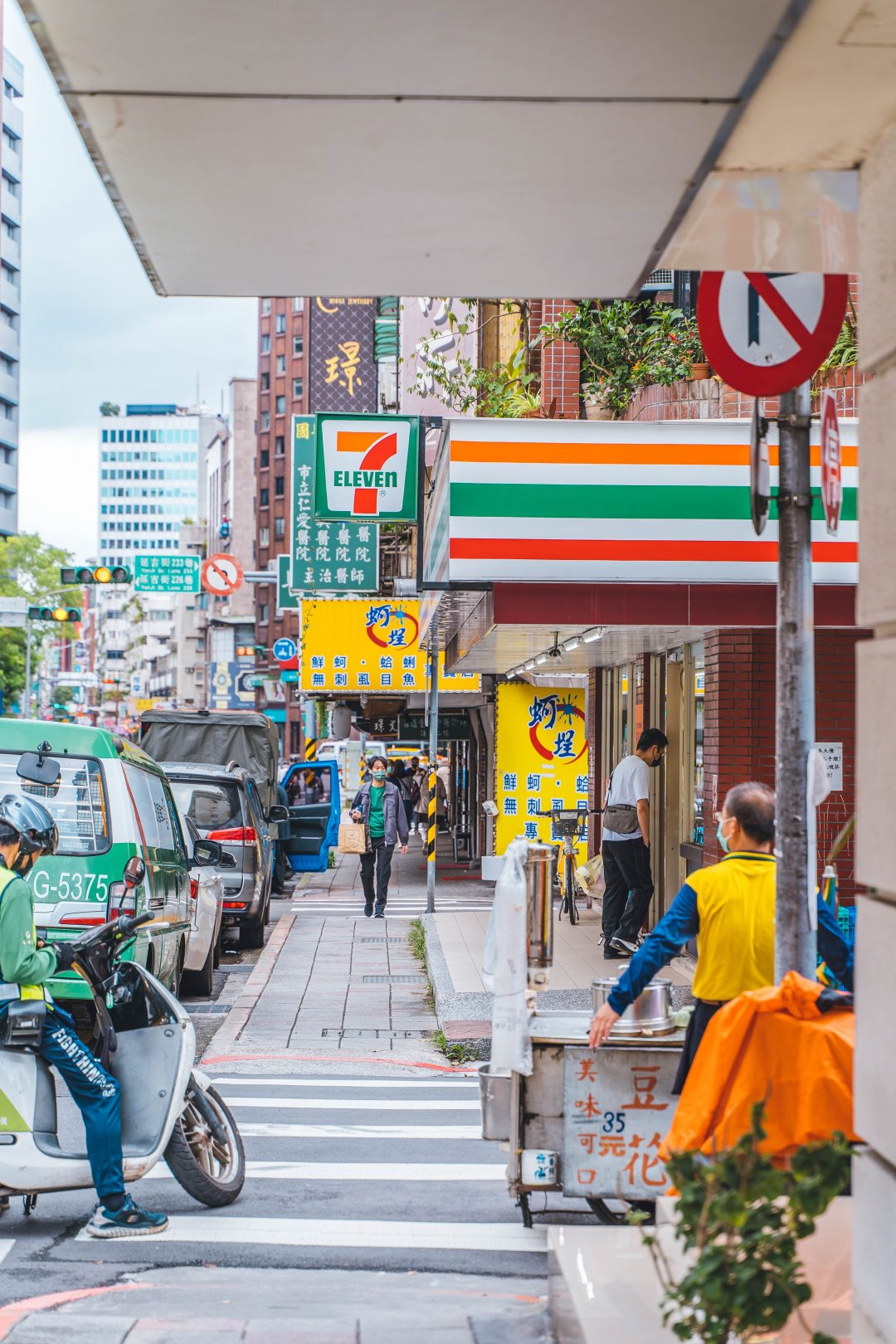 7-Eleven in Taipei. Image by Roméo A. on Unsplash
7-Eleven in Taipei. Image by Roméo A. on Unsplash
How did 7-Eleven come to Singapore?
In Singapore, DFI Retail Group is licensed by 7-Eleven Inc. to operate 7-Eleven stores. One of the ways it does so is via the franchise model.
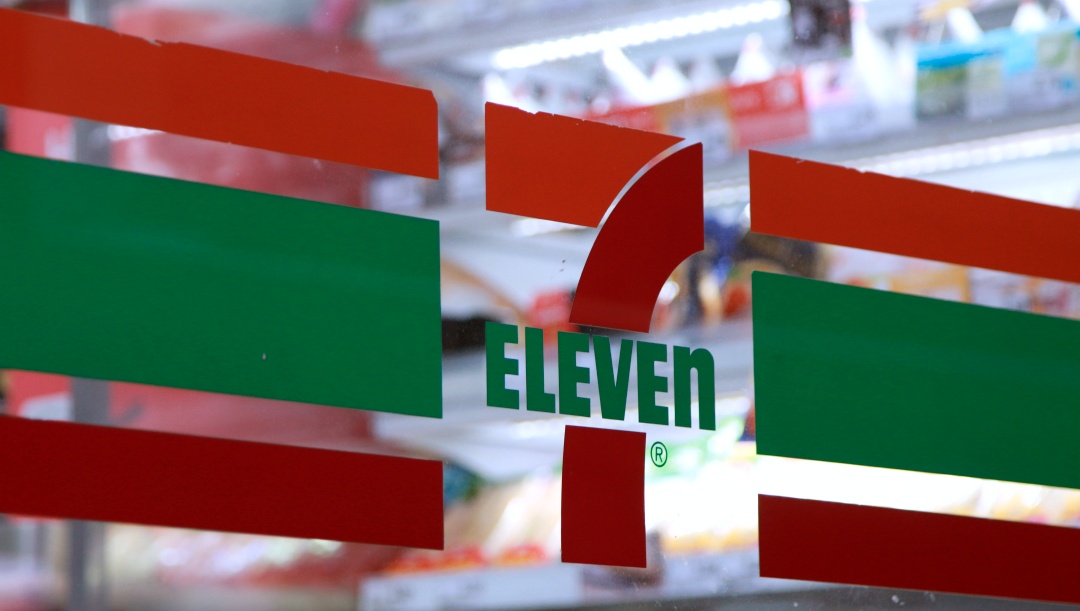 Mothership file photo
Mothership file photo
The first franchised 7-Eleven store in Singapore opened in 1988.
According to the local 7-Eleven website, about half of the 7-Eleven outlets in Singapore are run by individual franchisees.
The profits earned by a franchisee's store is shared between the franchisee and 7-Eleven.
As a franchisor, 7-Eleven provides assistance in terms of renovation and equipment costs, as well as services like merchandising, payroll, training, and book-keeping.
This is why each 7-Eleven outlet has more or less the same machines and products.
The franchisee, on the other hand, has to fork out an initial payment that runs upwards of S$70,000 in the form of a franchise fee and capital investment.
A franchisee can run more than one store. One man who won the 2008 Franchisee of the Year award had 15 7-Eleven stores to his name.
There are local variations in the range of 7-Eleven products offered across countries.
For instance, Japanese 7-Eleven stores would offer a huge range of oden and onigiri and bento boxes.
It's no different in Singapore.
You can find ready-to-eat local favourites like chicken rice and nasi briyani in our 7-Eleven stores here.
The chain also has, on occasion, collaborated with local businesses like Tiger Beer and Astons.
Now you know.
Related stories
Top photo by Duy Nguyen on Unsplash
If you like what you read, follow us on Facebook, Instagram, Twitter and Telegram to get the latest updates.
